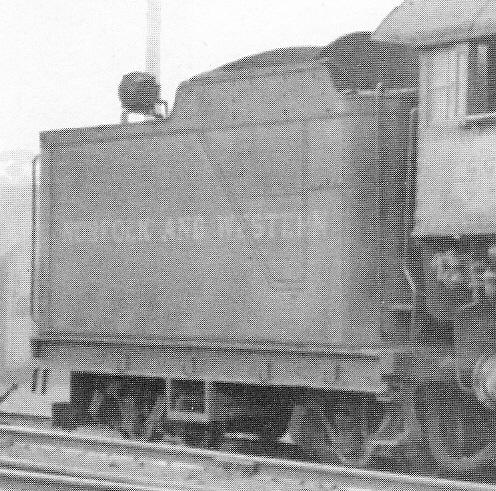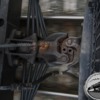Take wecx800 as the example - this Schnabel is HUUUGE and Heavy - how is it that the couplers don't stretch and break under those intense pressures?
found this history so im not sure if the same technology is still being used. train guys ??
"In 1879, Eli Janney, a shop clerk and skilled whittler, patented his first coupler design. He whittled a wooden model of his "knuckle" coupler and commissioned a draftsman to make a drawing of it for his patent application. With a few subsequent revisions, Janney's coupler, which resembles two hands with fingertips hooked together, solved more than the safety problem. The Janney coupler automatically engaged without the need for a man to stand between the cars. It held train cars without slack, enabling smoother acceleration and more efficiency around curves, but with enough play to secure the train over hills. It also functioned as a buffer, preventing damage to passengers and cargo."












